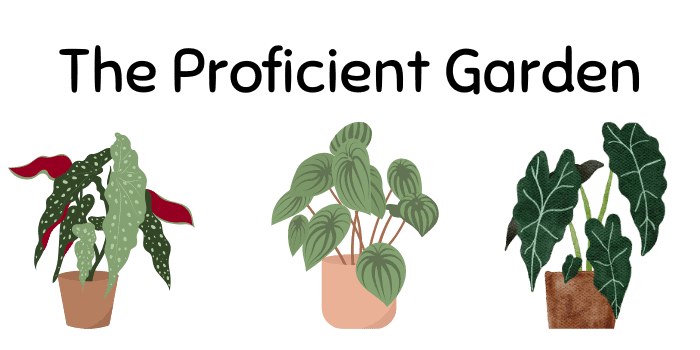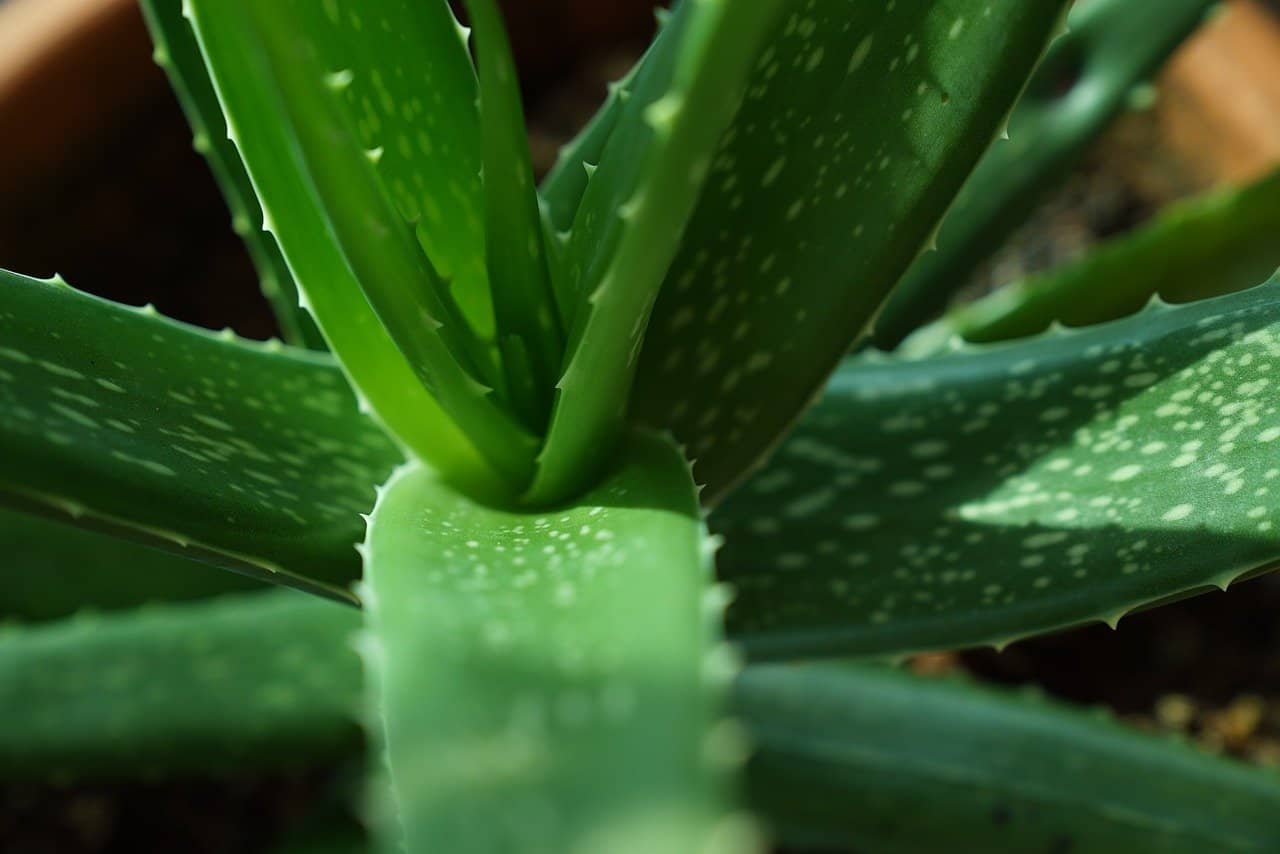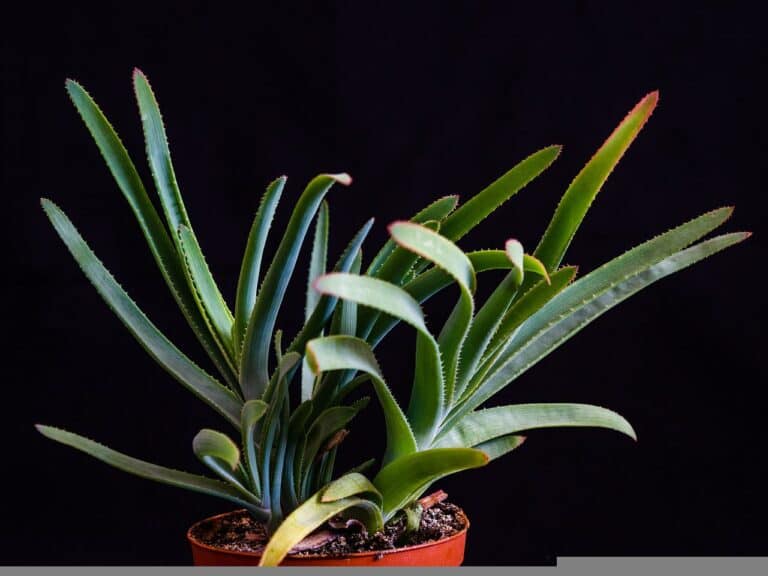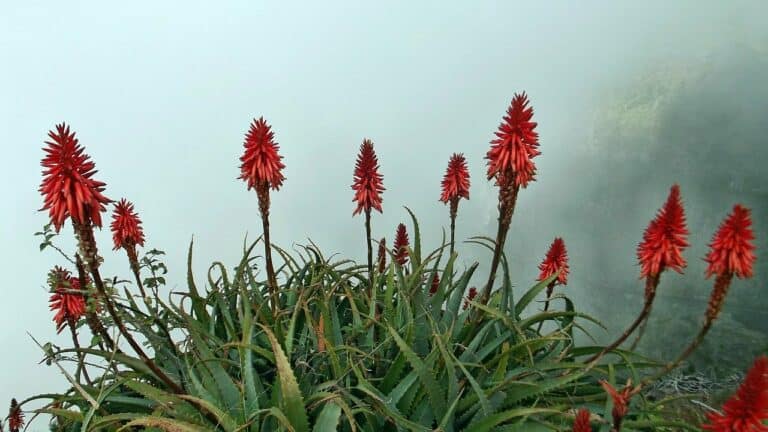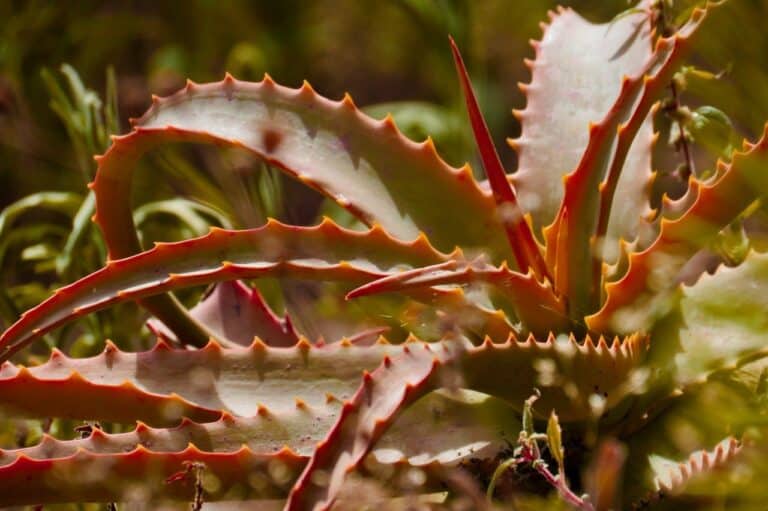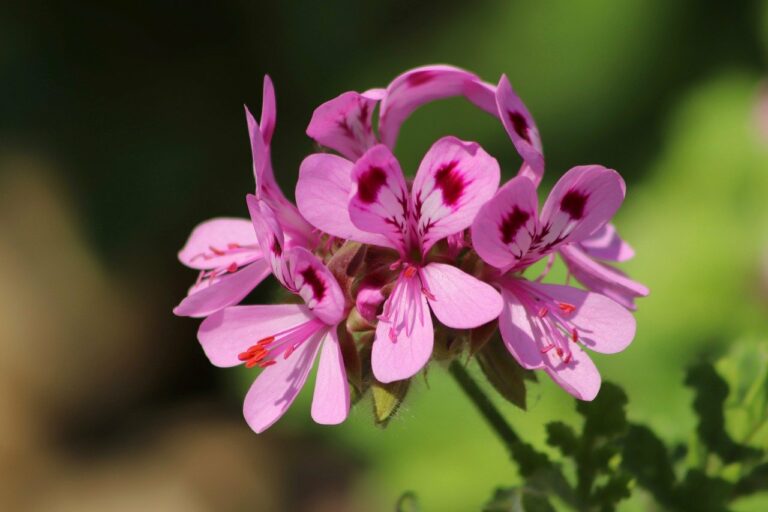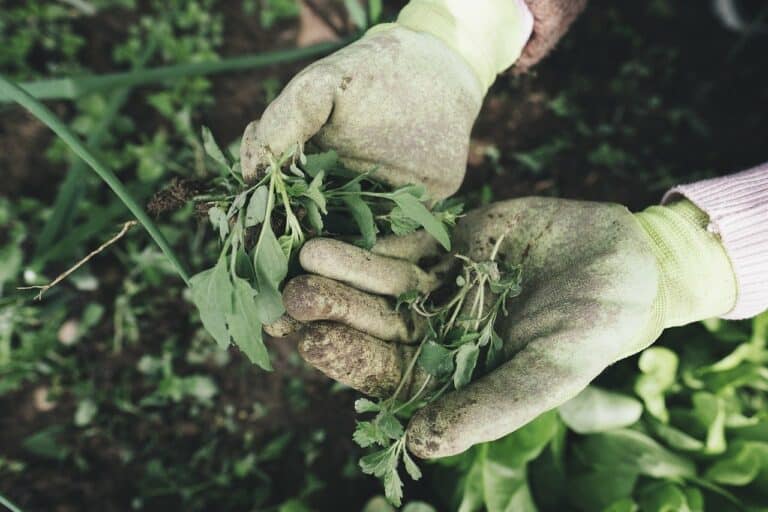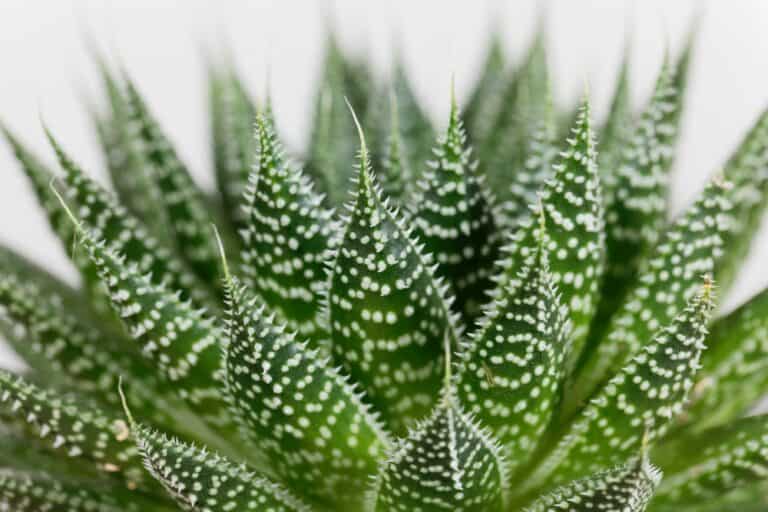Table of Contents
Erinacea – Plant Aloe
Another species of aloe that has changed its name over time is Aloe Erinacea, which was previously called Aloe Melan Achanta, although, in nature, they are genetically different plants.
Aloe Erinacea
Unfortunately, it is not easy to find it in nature. It is a rare plant like the copper plant, both of South African origin.
Production and planting of Aloe Erinacea
In Italy, Aloe Erinacea takes place in the Liguria region, where the ONLAGU group is located, which grows many varieties of succulents. It is planted in very fertile soil in a greenhouse that allows it to grow excellently in its early stages as if it were in its natural habitat.
Aloe Erinacea: small plant from Namibia
Aloe Erinacea is small and grows in Namibia, while aloe Melan Achanta is native to the northern regions of South Africa. The only similarity is that the leaves have the same type of shape in their development phase. The leaves are triangular and rough, reaching up to 25 centimeters and widening from the base to a maximum of 4 centimeters.
Aloe Erinacea: care and helpful information
If you like to grow aloe plants, it would be best to create a greenhouse, the ideal solution for caring for aloe Erinacea, allowing it to absorb as much light as possible even during winter frosts. However, if it is not possible to put it in a closed space, the risk must be minimized by covering the aloe plant with a plastic sheet so that it does not freeze.
Aloe Humilis – Aloe plant
Over the years, farmers have experimented with crossing aloe seeds, including Aloe humilis, which is used as a hybrid to create Aloe Spinozism, one of the most aesthetically pleasing succulents.
Aloe Humilis
This aloe plant is native to South Africa, which does not allow it to survive temperatures below 5 degrees Celsius. It must also receive natural light throughout the day, which exposes it to constant sunlight.
How to care for Aloe Humilis
Taking care of aloe Humilis in the best possible way does not mean that it cannot have problems; there may be times of the year when it can suffer from a lack of nutrients.
In fact, as with all plants, it may be necessary to add liquid fertilizer, which is an excellent nutrient for the development of this aloe plant.
During the winter seasons, the aloe plant enters a rest period called the vegetative state, and in this phase, it is crucial that it does not present any deficiencies. Precisely for this reason, the fertilizer must be given, diluting about 20 ml of product (check the quantities with the instructions) in 3 liters of water, at least every 20-30 days.
Aloe Humilis Cultivation
The cultivation of aloe humilis provides quite simple care since it is enough for the plant to be exposed to light as long as possible, perhaps even keeping it in a window facing southeast during the winter. Furthermore, since aloe is a plant that is widespread throughout Europe, it adapts to all climates, even winter ones, which is another reason to say that growing aloe is easy.
Aloe Humilis flower
The Aloe Humilis flower is reddish with a paler tip and stands on a stem about 25 centimeters high. There is not much difference with the other types of aloe; the flowers are also orange like those of Chinensis and barbadensis.
Aloe Humilis Flowering
The flowering of aloe Humilis occurs at different times of the year, generally when there are at least 20 to 25 degrees; due to its exotic origins, it tends to wake up from the winter rest period. In this last period, it is advisable to remove the flowers that have grown at the base of the aloe plant.
Aloe Types
•Aloe arborescent – Aloe Plant
•Aloe aristata – Aloe Plant
•Aloe brevifolia – Aloe Plant
•Aloe Chinensis – Plant Aloe
•Aloe erinacea – Plant Aloe
•Aloe ferox – Aloe Plant
•Aloe humilis – Aloe plant
•Aloe juvenna – Aloe Plant
•Aloe mitriformis – Aloe Plant
•Aloe polyphylla – Aloe Plant
•Aloe ramosissima – Aloe Plant
•Aloe tiki thai – Aloe plant
•Aloe Variegata – Aloe Plant
